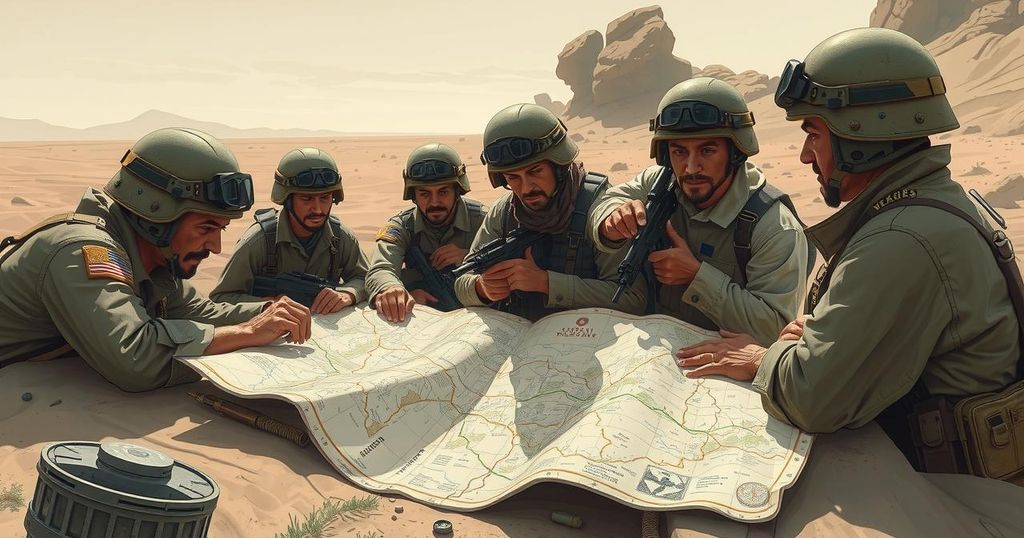Thawra Report Unveils Iranian Interference in Syria via Hezbollah Cells

A report from Thawra newspaper reveals Syrian security actions against Hezbollah cells in Sayyidah Zainab, highlighting tensions between Iran and Syrian authorities. The Iranian regime’s use of proxy forces, direct military intervention, and involvement in illicit activities like smuggling are key factors in ongoing regional instability.
A recent report published by Thawra newspaper on March 28, 2025, reveals a security crackdown by the Syrian Ministry of Interior targeting Hezbollah cells in the Sayyidah Zainab area near Damascus. The Rural Damascus Security Directorate reported on its “X” account that these cells were thwarted while planning actions deemed destabilizing to the region. Arrests were made, with security forces capturing three individuals during these operations.
The report indicates growing tensions between the regime of Iran and Syrian authorities. It notes that Syria’s Ministry of Defense has accused Hezbollah operatives of infiltrating its territory, leading to the deaths of three soldiers from the newly constituted Syrian army. This situation is part of the broader scrutiny surrounding Tehran’s ongoing influence in Syria since the conflict’s inception in 2011.
The Thawra report elucidates Iran’s strategy in maintaining its foothold in Syria, which includes both direct military action and proxies like Hezbollah. The article recalls Hezbollah’s significant involvement in key battles, such as the 2013 battle of Qusayr, while also highlighting the critical role of the Quds Force of the Islamic Revolutionary Guard Corps (IRGC) in supporting the Assad regime through military training and intelligence operations.
Furthermore, the report emphasizes that Iranian interference transcends Hezbollah involvement. It mentions IRGC forces’ active participation from the earliest days of the Syrian conflict and states that by March 2017, over 2,100 IRGC fighters had perished. Thawra also accuses Iran of enabling the Assad regime’s chemical weapon use, particularly referencing the devastating 2013 Ghouta attacks.
Hezbollah’s illicit activities, such as arms and drug smuggling, have further consolidated Tehran’s role in Syria, utilizing the 375-kilometer border with Lebanon as a significant operational corridor. Recent months have seen a surge in conflicts at this border, with a growing body of evidence linking Hezbollah to these cross-border operations.
In conclusion, the Thawra report highlights the persistent interference of the Iranian regime in Syria through mixed direct military actions and proxy forces like Hezbollah. The crackdown on Hezbollah cells in Sayyidah Zainab exemplifies the escalating tensions between Tehran and Damascus regarding the balance of Iranian influence in the region, and the mobilization of various brigades underscores the complexities of the ongoing conflict and regional dynamics.
The ongoing involvement of Iran in Syria, notably through military proxies such as Hezbollah, intensifies regional tensions. The recent security measures against Hezbollah cells illustrate the escalating friction between the Iranian regime and Syria’s authorities regarding the influence of Tehran. These developments are critical in understanding the broader implications for regional security and stability.
Original Source: www.ncr-iran.org








